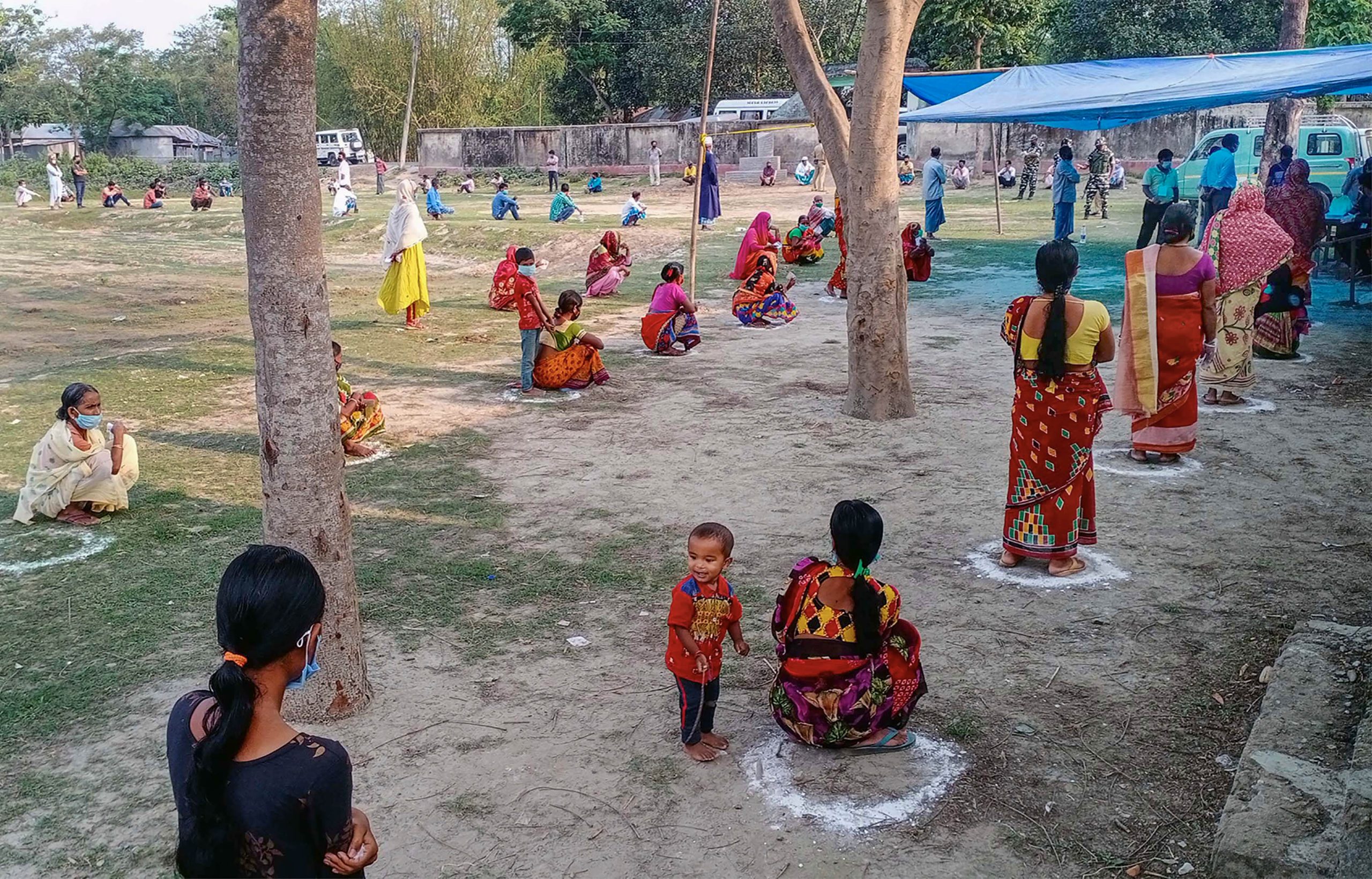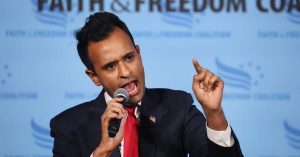The mammoth exercise of polling amid the raging coronavirus pandemic got over at 5 pm today in five states, of which some voted in several phases. West Bengal that polled in eight phases wrapped up its final phase on April 29 as the COVID situation worsened in the state, which logged 17,207 new cases over the last 24 hours, of which 3,821 cases surfaced in Kolkata. The assembly elections – West Bengal, Tamil Nadu, Kerala, Assam and Puducherry – witnessed acerbic campaigns, bickering, charges and counter-charges, and also established a fact that power is way above people as despite the pandemic spreading all over, the rallies and roadshow went on, with one side competing with the other over the size of crowd. And this, when the rest of the country was following social distancing and being told to stay at home to control the virus spread. This election has so far become the BJP versus the non-BJP, where the saffron party has emerged as the main challenger to most regional satraps.
West Bengal and Kerala are the biggest challenge for the BJP, which has aggressively campaigned in these two states. The BJP’s win or even gains in these two states would cement the fact that BJP under PM Modi is unstoppable because the two states have so far not allowed the “outsider” BJP to build it’s bases here.
In West Bengal, the assembly elections are being portrayed as the most crucial ever as the both sides – the challenger BJP and the defender Trinamool Congress – pitching it as a fight for the people and character of the state. The election, which is seen to be a close fight, has seen many key Trinamool leaders switching to the BJP.
Also read | TMC candidate dies of COVID, widow wants murder case against EC
The perception of a possibly close election is based on the close fight in the 2019 Lok Sabha elections. With the win in 100 assembly segments, the BJP was clear runner up in the state, which didn’t entertain the party for several decades. In the last assembly elections, the BJP won only 6 of the 294 seats in the assembly elections vs Trinamool Congress, which bagged 211 seats. A sharp rise from six assembly segments to 121 in just three years (between the last state election and the 2019 general election) is close to a record surge in Bengal, which is very careful and loyal to its regional bosses. Prime Minister Narendra Modi and his deputy Amit Shah have led the campaign in the state doing several rallies and roadshows, stopping just last week when the Covid situation worsened in the state. Chief Minister Mamata Banrejee, seemingly jittery and a bit under-confident on several occasions, campaigned and campaigned to counter the “outsiders”, while the state was losing out to the pandemic with the “insider Didi” leading it. She did several rallies and massive roadshows even when she got injured and was on a wheelchair for most part of the election. With political pundits predicting a big chunk for the BJP, possibly majority, the exit polls are much-awaited for this state. The Bengal Legislative Assembly has 294 seats while the majority mark is 148.
Kerala is yet another state where the BJP has not found its ground, though the party’s vote share has increased in the recent years. However, the voters here have been choosing between the Left Democratic Front (LDF) and the United Democratic Front (UDF). In Kerala no political party has ruled for two consecutive terms in the last four decades but most of the opinion polls had given a clear lead to the Pinarayi Vijayan-led LDF government. The exit poll will give another sneak peak into who has firmed its ground in the state and if the BJP, which has introduced a prominent face to lead the campaign, E. Sreedharan, known as the Metro Man of India, has managed to dent the Left Fort. In 140-member Kerala assembly, the majority mark is 71
In Tamil Nadu, which is witnessing its first state elections after the death of two veterans – J Jayalalithaa of AIADMK and M Karunanidhi of DMK – the fight is on local issues of governance. In 2016, AIADMK had retained the state under the leadership of Jayalalithaa, who soon after the win fell sick and died on December 5, 2016. Since then, AIADMK witnessed a lot of bickering and in-fighting and has lost ground-level support. DMK, now led by Karunanidhi’s son MK Stalin has gained major support and many opinion polls have predicted an edge for his party. The AIADMK is contesting in alliance with the BJP, a non-player in Tamil Nadu, while the DMK has partnered with the Congress, which has in the last few years has lost its base in many states and across the nation. In the 234-member assembly, the majority mark stands at 118.
Also read | ‘India is bleeding’: Priyanka Chopra sets up a fundraiser for COVID-19 relief
In Assam, it’s ruling BJP-led NDA versus a grand alliance of eight parties including Congress and Badruddin Ajmal’s AIUDF. Though the state is battling anti-incumbency and the fallout of CAA (Citizen Amendment Act) but the top leadership of the state – Chief Minister Sarbananda Sonowal and Health Minister Himanta Biswa Sarma – seems to have managed the win for the BJP. Most opinion polls had given BJP an edge in Assam. In the 126-member Assam assembly, the majority mark is 64.
The union territory of Puducherry has bipolar contest too with the Congress taking on N Rangaswamy’s All India NR Congress, which has forged an alliance with the BJP and AIADMK. Various opinion polls have predicted NDA’s win with numbers ranging between 16-26 of 30 seats. In the 30 member assembly, the majority mark is 16.
Exit polls from 7.30 pm today after the polling is concluded will come up with their ‘verdict’ based on voters’ response. And from today till the counting day the people in contest, and the public that voted will stay in suspense, with some hope, till May 2, when the votes will be counted for all the five states.







